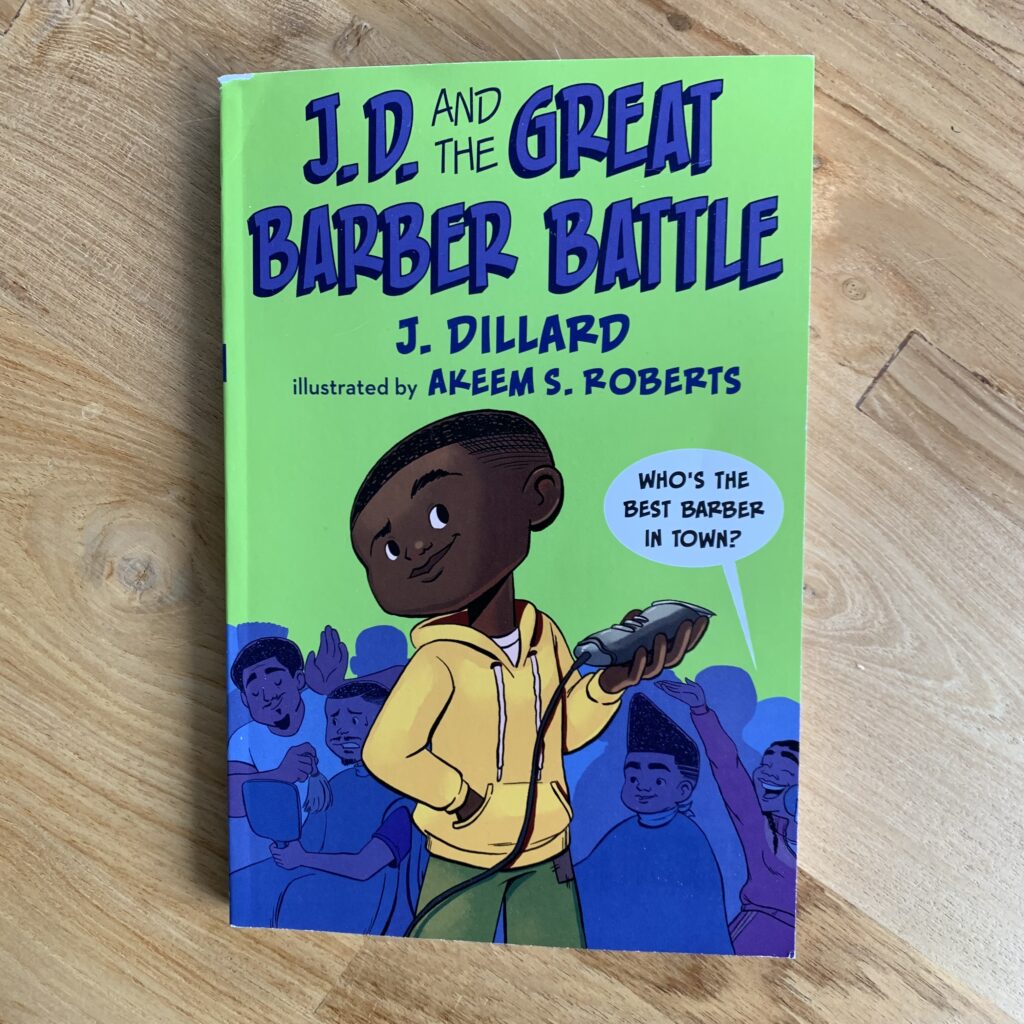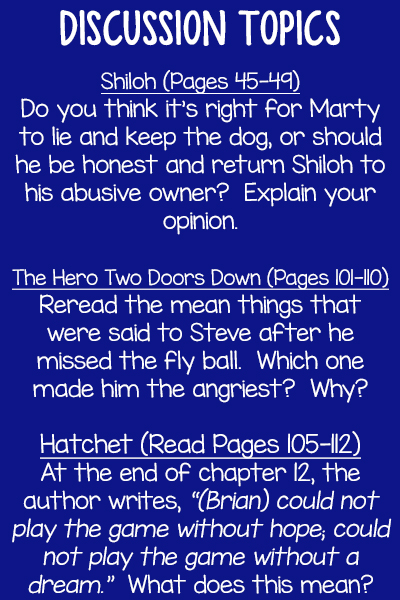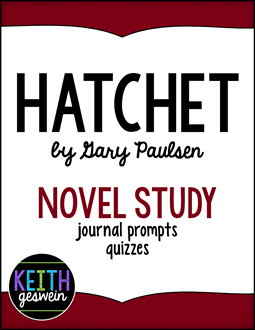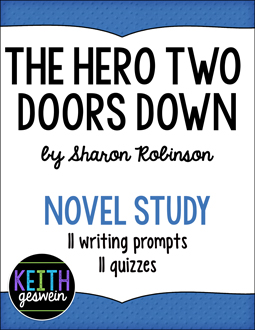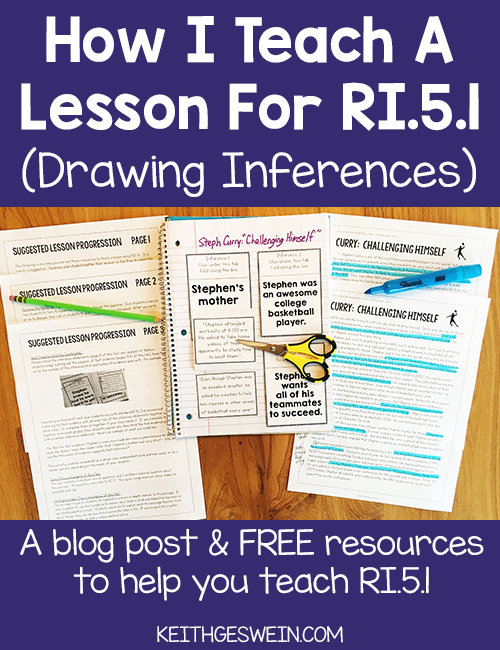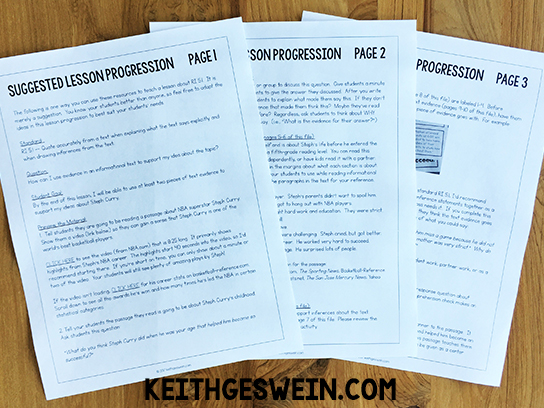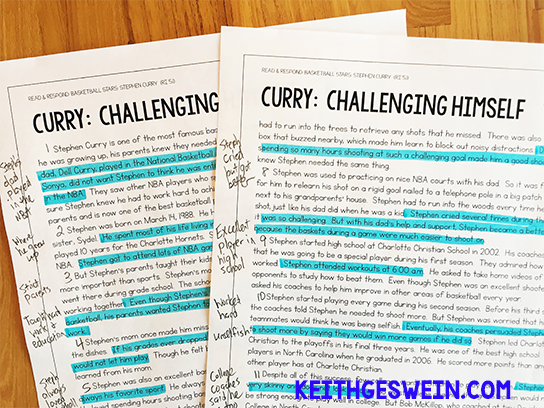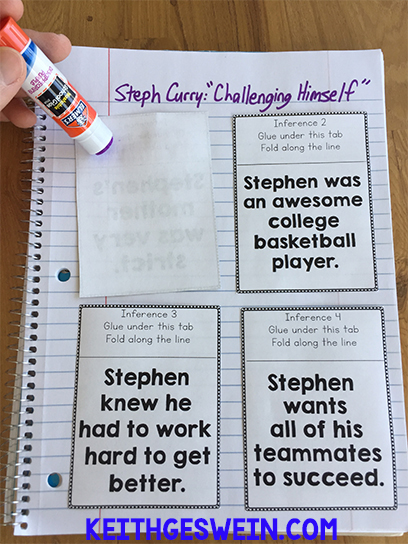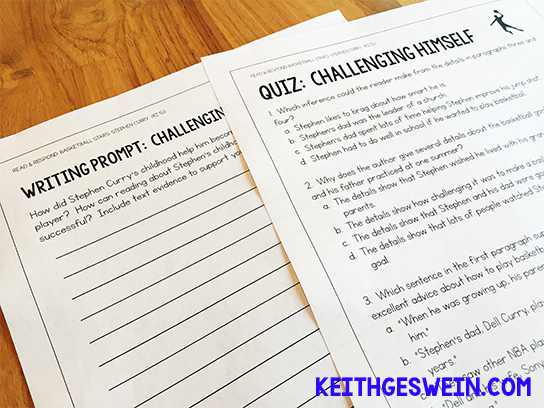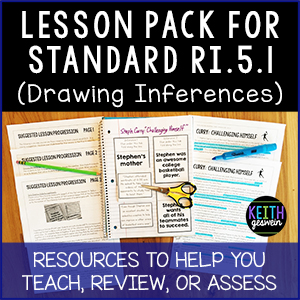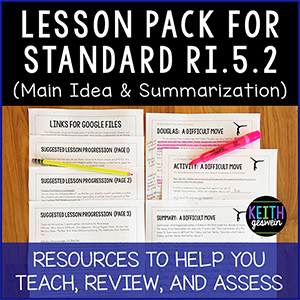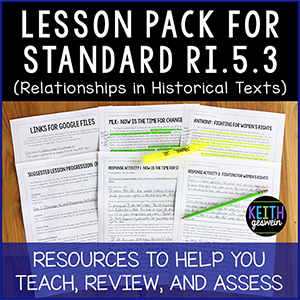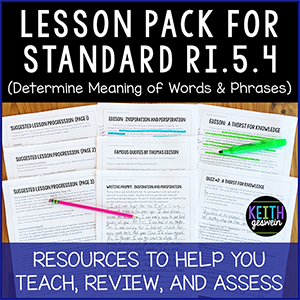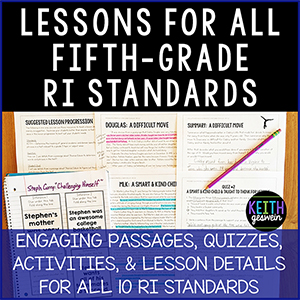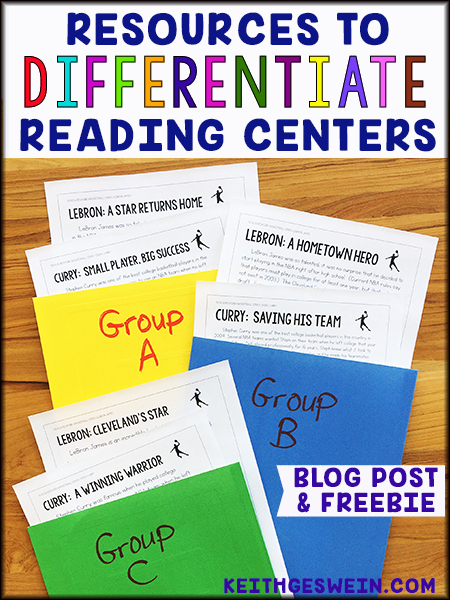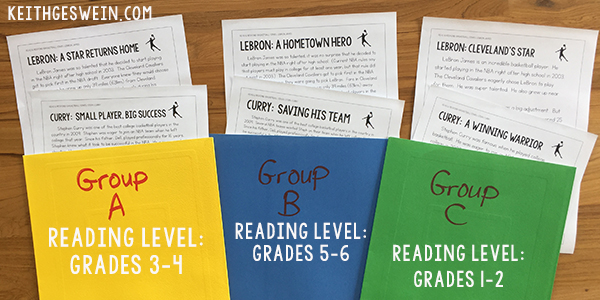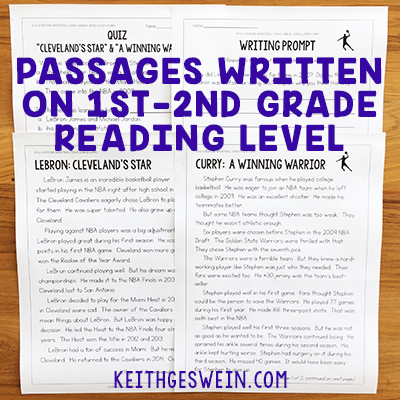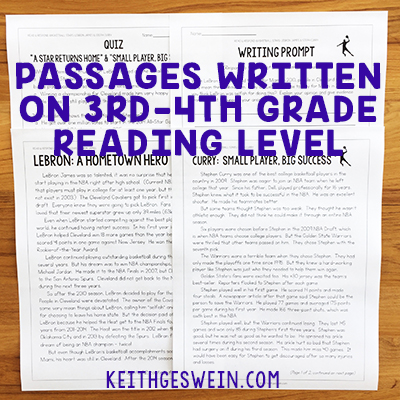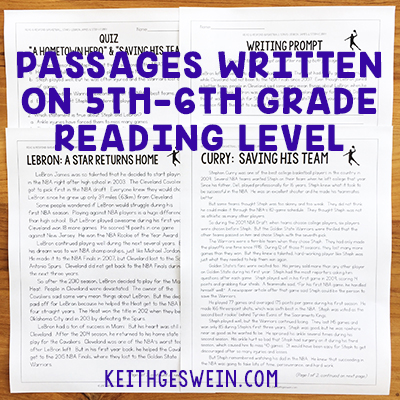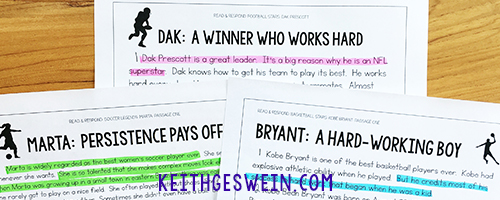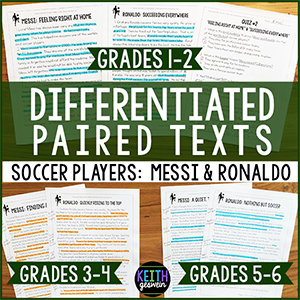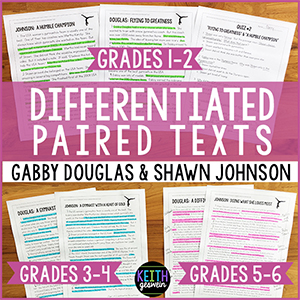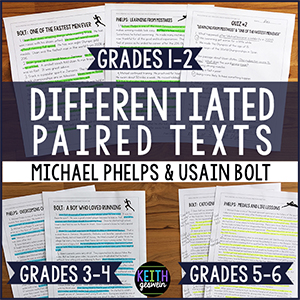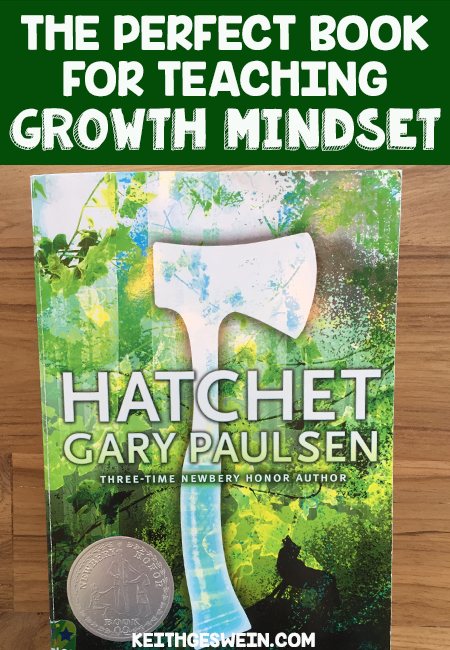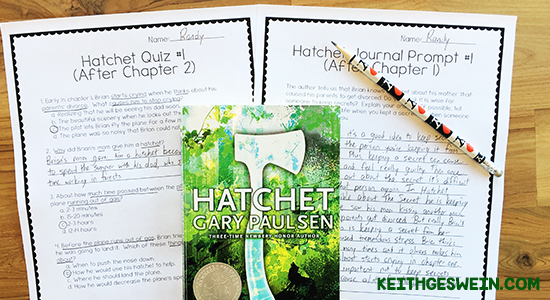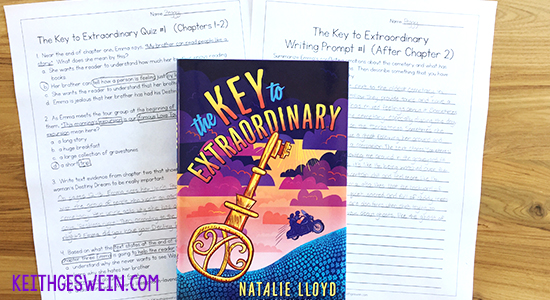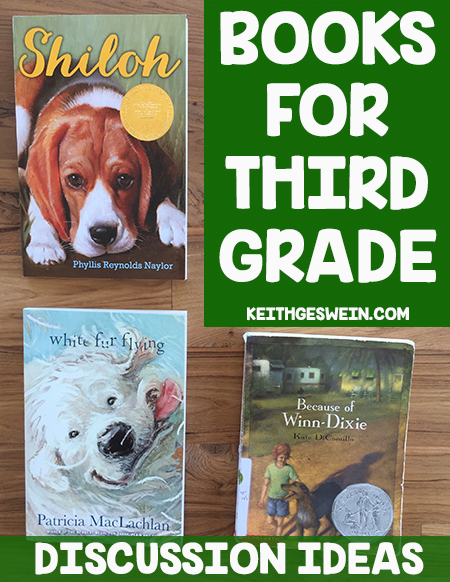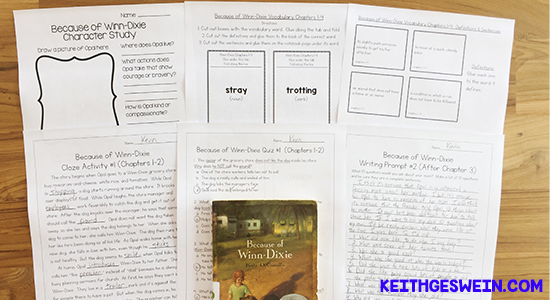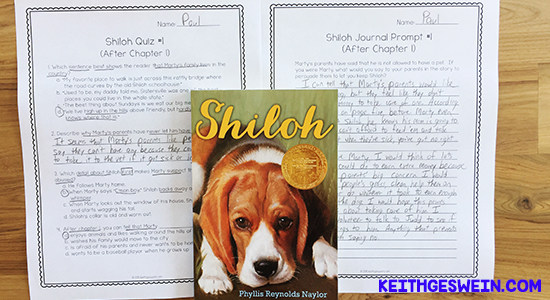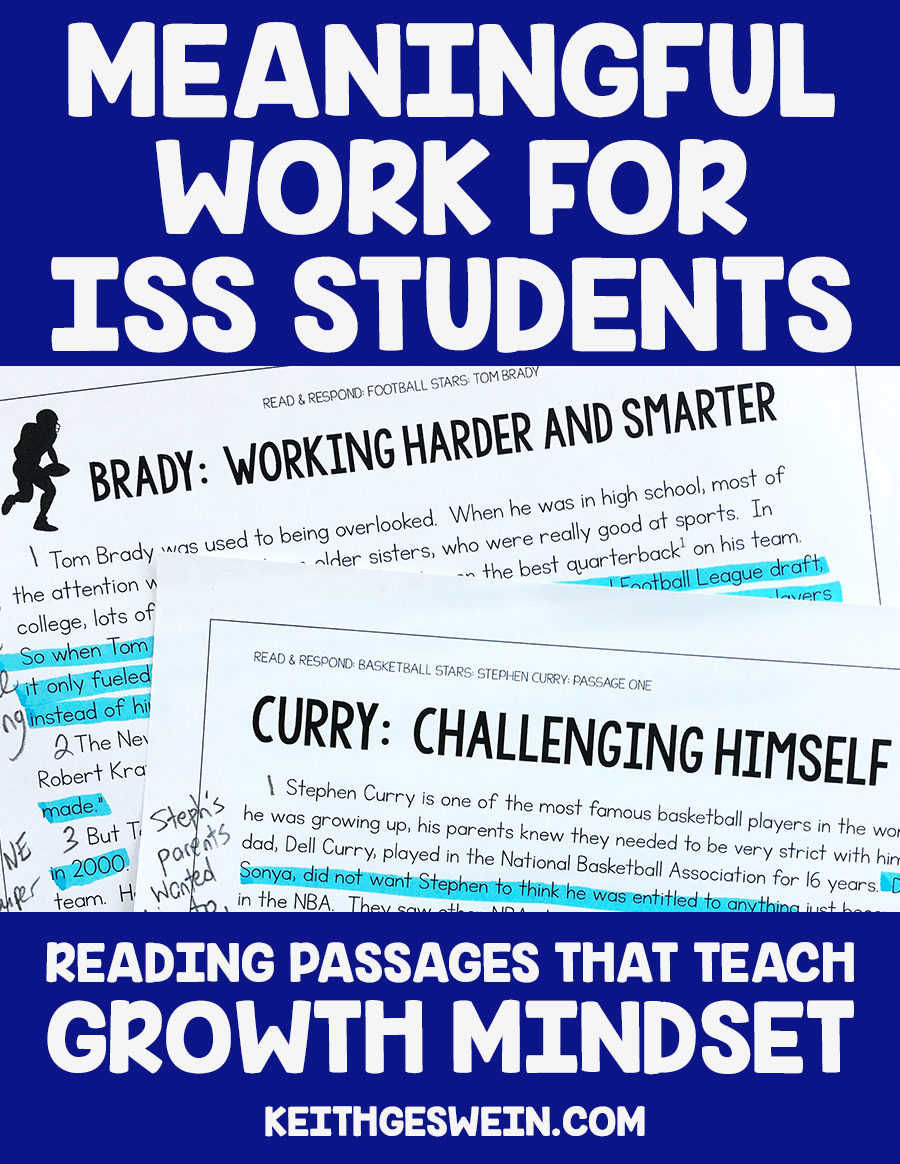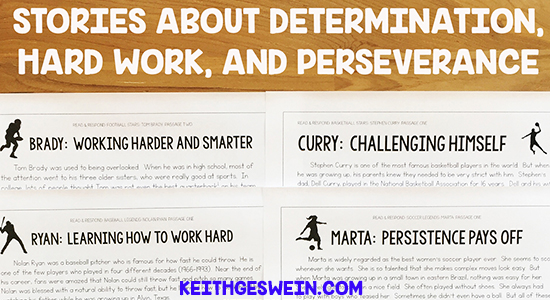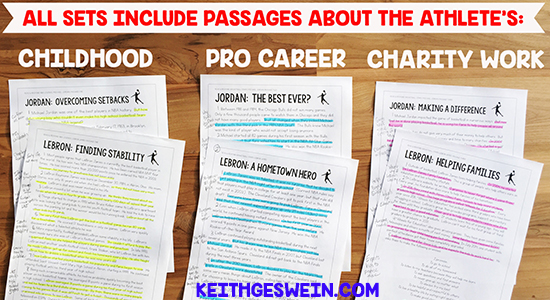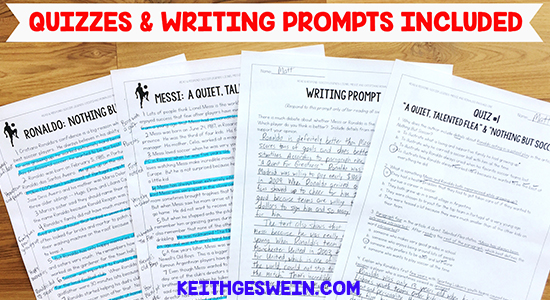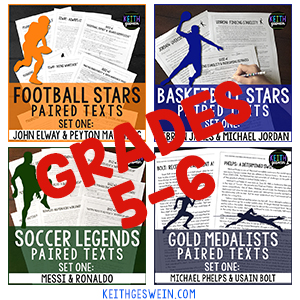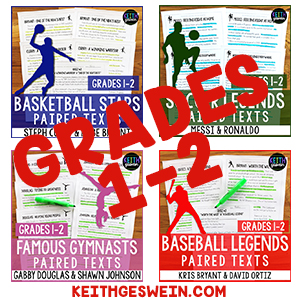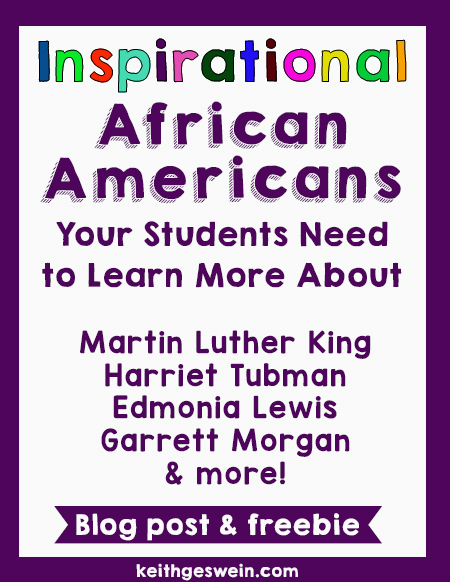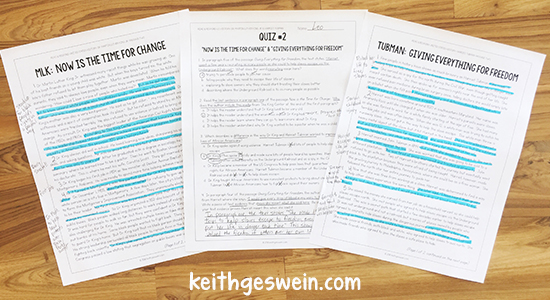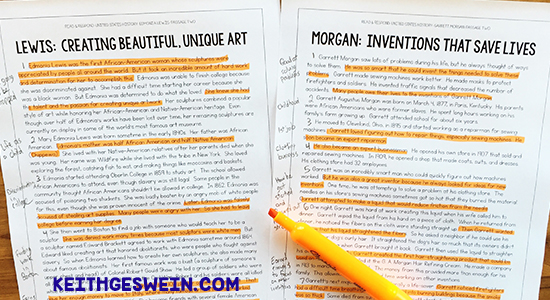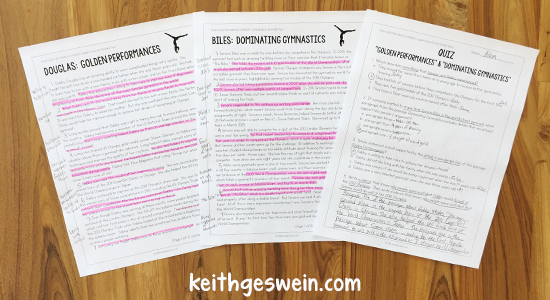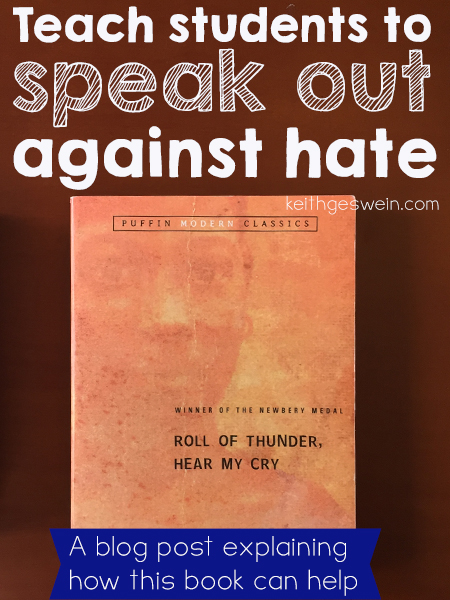
I’m writing this a few days after white supremacists marched around Charlottesville, Virginia, chanting horrible things. Thankfully, I’ve seen many teachers post messages on Facebook saying they will help their students understand the importance of speaking up against white supremacists and the hate they stand for. One of my favorite posts was written by Love, Teach which said,
“#1 teaching objective in my class this year: Love is louder than hate, but only if we choose to open our mouths. Clearly, the rest of my curriculum can wait.”
I have also seen teachers post the importance of using specific vocabulary when describing the events of Charlottesville, like this, by Digital Divide & Conquer.

Teachers can talk about this every day in their classroom, but we all know students learn much better through engaging lessons. I love using books to teach students important lessons because kids can develop a strong connection to the characters of an awesome book. Once that connection is made, the lesson you’re trying to teach can be learned much more effectively.
Roll of Thunder, Hear my Cry is an excellent book you can use to teach your students about the hatred that white supremacists stand for and the importance of speaking up for people who are oppressed.

The book is set in Mississippi in the 1930s, but it’s important that students realize there are still many people who act like the hateful, racist people they read about in the book. Curriculum often implies that racism is something that happened a long time ago. Roll of Thunder, Hear my Cry teaches students what it’s like for a black family to constantly be affected by hateful things racist people do. It’s up to teachers to ensure their students realize this sort of hatred still exists.
Brief Synopsis of the Book
The main character is a young girl named Cassie. She lives with her three brothers, mother, father, and grandmother. They are very proud of the fact that they own land. Cassie’s parents simply want to enjoy their land and take care of their children. Unfortunately, they constantly hear stories of white people doing horrible things to black people they know. This causes a lot of tension for the family throughout the book. By the end of the story, the violence hits close to home for Cassie, whose father is forced to make a drastic decision in order to keep people safe.
Several events in this book are powerful teaching tools to help students understand the importance of speaking out against racism.
Cassie’s family is amazing. Your students will develop a strong connection with them. Cassie experiences many things your students can relate to. She argues with her siblings, but will do anything to protect them. She has to help with lots of chores at home, but she loves her family deeply. She has some difficulties at school, but she wants to get a good education. It’s impossible for the reader to dislike Cassie’s family.
Since your students will develop a connection to Cassie and her family, your students will also feel the tension of the violence and racism that occurs in the book. (Sadly, you may have students who can relate to it.) While this may make students uncomfortable, it opens the door for many teachable moments. For example:
Event #1: Early in the book, when Cassie and her siblings are walking to school, a white bus driver swerves toward them and forces them to jump off the road into a muddy ditch to avoid being hit. Your students need to realize there are still white people who would like to do this to black children. Also, that bus was full of white students. Ask your students what they would do if they witnessed something similar today. Hopefully, they would tell their parents to call a school official and get that bus driver fired. Teach students that someone on that bus should have spoken up against the bus driver for what he did to Cassie and her siblings. Students must realize this is NOT Cassie’s responsibility.
Event #2: In chapter five, Cassie helps her grandmother sell milk and eggs at a town market. Cassie is angry because they have to set up their stand at the back of the market. Only white people can sell at the front. Even though Cassie is angry about this unfair rule, she knows she can’t say anything because someone would hurt her. Your students need to realize there are still ways that black people are not given the same chances as white people to succeed. Also, discuss with your students how amazing it would have been for some white people at the market to speak up and say that black people should not be forced to the back.
That’s a theme that keeps occurring throughout the book. Terrible things happen to black people, but Cassie’s parents feel like saying something will only put their family in danger. Emphasize the importance of speaking up for people who are the victims of racism. Be sure your students understand things like this happen today. Again, that won’t come as a shock to some of your students.
Event #3: A white girl yells at Cassie for accidentally bumping into her at the market. The white girl then says horrible things to Cassie. The girl’s dad grabs Cassie’s arm and starts yelling at her too. As a crowd starts to gather, Cassie’s grandmother is terrified that things could soon become violent, so she tells Cassie to apologize to the girl. Cassie is furious that her grandmother made her apologize. When Cassie gets home and tells her mother about it in chapter six, her mother says, “Baby, you had to grow up a little today. I wish…well, no matter what I wish. It happened and you have to accept the fact that in the world outside this house, things are not always as we would have them to be.” The conversation continues for several pages. Some of your students probably haven’t been forced to have conversations like this with their parents. It’s important these students realize that many kids today, including some of their classmates, are forced to have difficult conversations similar to this with their parents. Based on the Facebook posts I’ve read about conversations black parents must have with their children, too many kids today are forced to “grow up” far too soon.
There are several other events where racist white people do horrible things to the black characters in the story. Students need to understand that these kinds of things still happen. It’s also important for students to think about what they’d do if they witnessed something like that.
If you need more resources to teach Roll of Thunder, Hear my Cry, I have created writing prompts and quizzes that are available in my TpT store. Click here to learn more.
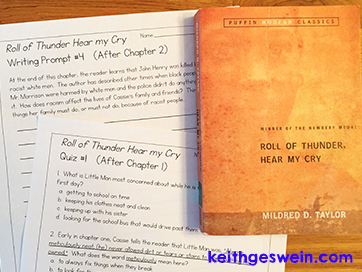
If you’re looking for more lesson ideas, here are some websites and blog posts that may help.
Teaching Tolerance
Their website states, “From film kits and lesson plans to the building blocks of a customized Learning Plan—texts, student tasks and teaching strategies—our resources will help you bring relevance, rigor and social emotional learning into your classroom—all for FREE.”
A Collection of Resources for Teaching Social Justice, by the Cult of Pedagogy
In addition to resources, this blog post offers helpful advice for teachers who are planning lessons about social justice.
Social Justice Book List (August 2017) compiled by the National Network of State Teachers of the Year
This PDF gives short descriptions of numerous books sorted by early learning grades, elementary, middle school, and high school. You can definitely find an awesome book to read on this list.
Words can’t express how grateful I am for all that you do for your students. Teaching becomes a more important profession every day. I hope this blog post has given you a few ideas that will help your students understand the importance of speaking up against hateful people.
